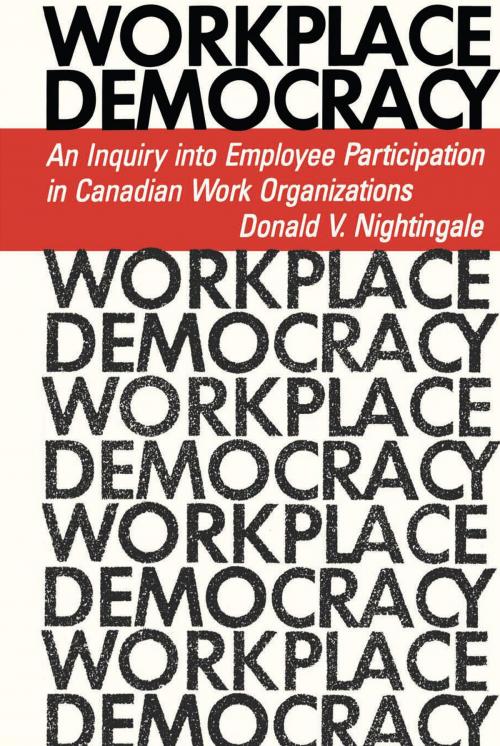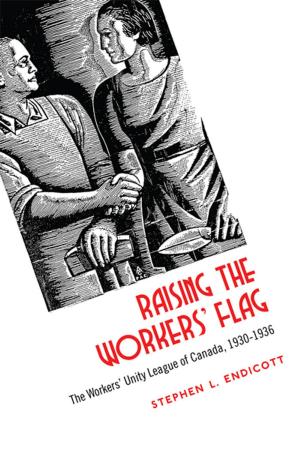Workplace Democracy
An Inquiry into Employee Participation in Canadian Work Organizations
Nonfiction, Social & Cultural Studies, Political Science, Politics, Labour & Industrial Relations, Business & Finance, Human Resources & Personnel Management, Organizational Behavior, Business Reference| Author: | Donald Nightingale | ISBN: | 9781442655980 |
| Publisher: | University of Toronto Press, Scholarly Publishing Division | Publication: | December 15, 1982 |
| Imprint: | Language: | English |
| Author: | Donald Nightingale |
| ISBN: | 9781442655980 |
| Publisher: | University of Toronto Press, Scholarly Publishing Division |
| Publication: | December 15, 1982 |
| Imprint: | |
| Language: | English |
This book begins with a historical review of how authority in the Canadian workplace has changed over the past century. It proceeds to outline a theory of organization which provides a broad conceptual framework for the empirical analysis which follows. This theory is based on five concepts: the values of organizational members; the administrative structure of the organization; the interpersonal and intergroup processes; the reactions and adjustments of organization members; the social, political, economic, and cultural environments of the organization.
A sample of 20 industrial organizations was selected to examine the effects of significant employee participation and to test the theory. They are matched pairs: ten permit some form of participation, and ten—similar in size, location, industry, union/non-union status, and work technology—follow conventional hierarchical design.
The resulting data demonstrate that greater productivity results from employee participation in decisions relating to their work, in productivity bonuses, and in profit sharing and employee share-ownership plans.
This book begins with a historical review of how authority in the Canadian workplace has changed over the past century. It proceeds to outline a theory of organization which provides a broad conceptual framework for the empirical analysis which follows. This theory is based on five concepts: the values of organizational members; the administrative structure of the organization; the interpersonal and intergroup processes; the reactions and adjustments of organization members; the social, political, economic, and cultural environments of the organization.
A sample of 20 industrial organizations was selected to examine the effects of significant employee participation and to test the theory. They are matched pairs: ten permit some form of participation, and ten—similar in size, location, industry, union/non-union status, and work technology—follow conventional hierarchical design.
The resulting data demonstrate that greater productivity results from employee participation in decisions relating to their work, in productivity bonuses, and in profit sharing and employee share-ownership plans.















